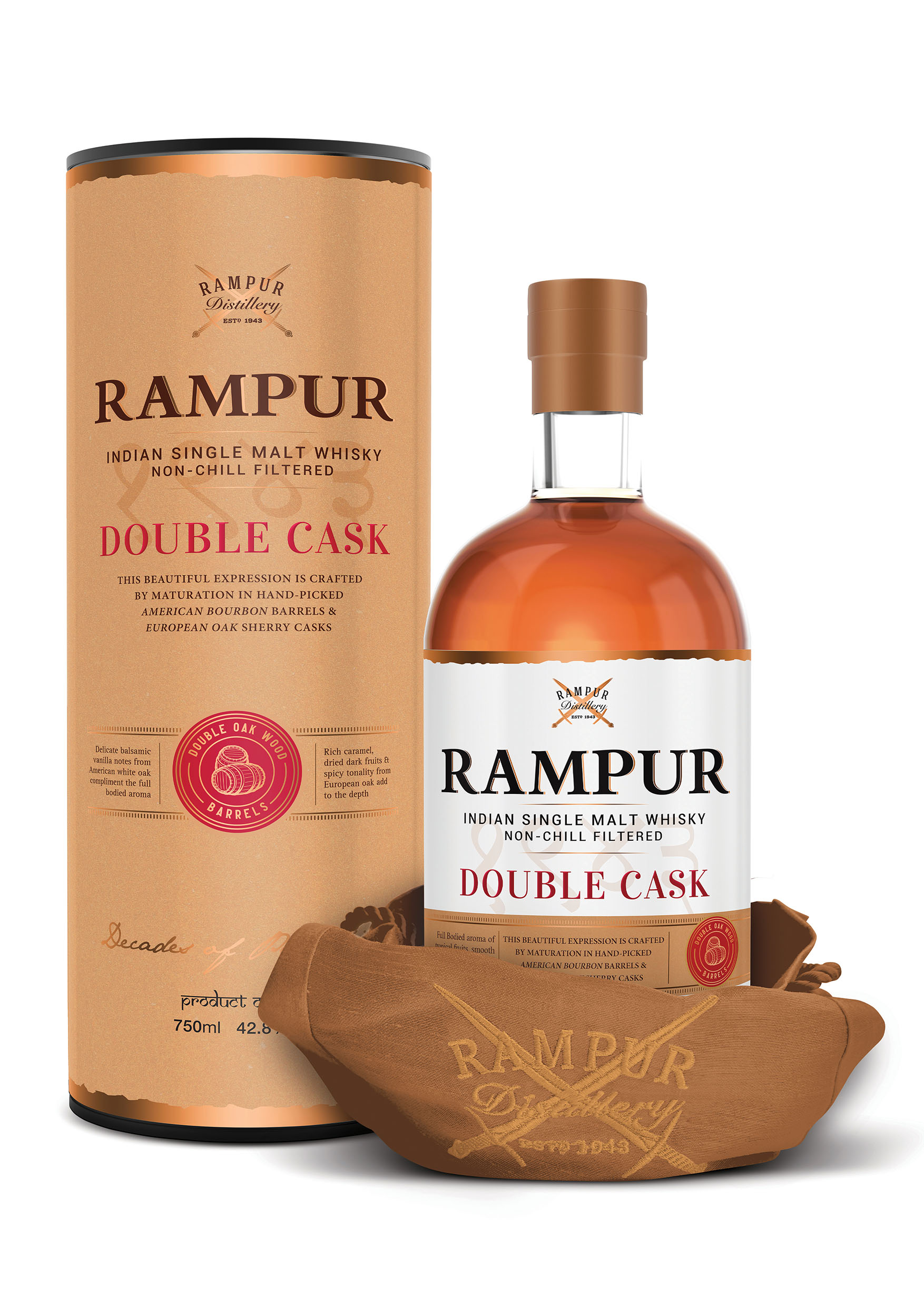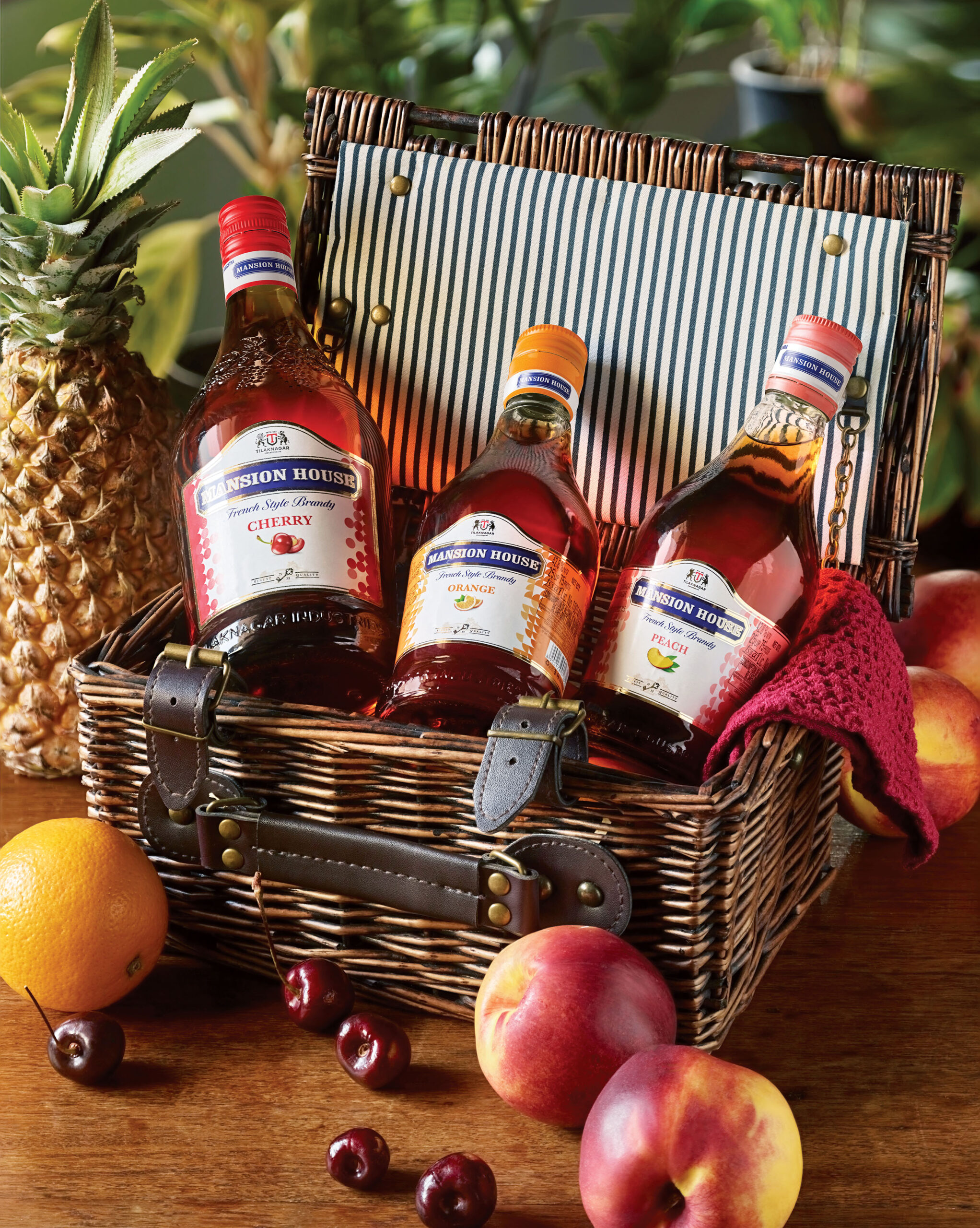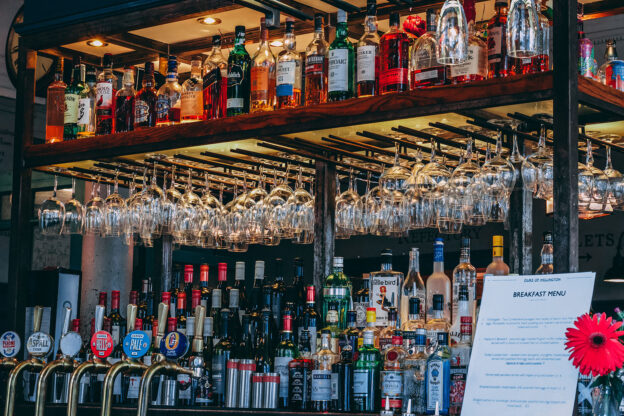The number of alcohol consumers in India continues to rise on the account of rising urban population. Consuming alcoholic beverages has become a customary tradition for a majority of people residing in India’s urban cities. Changing lifestyles and increasing incomes are compelling them to consume alcohol on a frequent basis.
Future Market Insights recently published its study on India’s alcohol market, which estimated that more than `2.5 trillion worth of alcohol was consumed in 2016. The study further projected that consumption of alcohol in India is less likely to decline in the years to come. By the end of 2026, more than 14 billion litres of alcohol will be sold across India.
According to the report, revenues amassed from sales of alcohol in India will soar vigorously at 7.4% CAGR, and reach `5.1 trillion value by the end of 2026. In terms of volume, India’s alcohol consumption in 2016 has been estimated to have surpassed 8 billion litres and will grow at 5.5% CAGR in the due course of forecast period. An in-depth analysis on India’s alcohol distribution indicated that just above three-fourth of alcohol consumed in the country is government controlled. In 2016, alcohol distributed in India through open market sales made revenues worth over `400 billion. Meanwhile, about 550 million litres of alcohol was auctioned in India by the end of 2016.
The wine market in India is set to grow by USD 274.00 million from 2021 to 2026 as per the latest market report by Technavio. The report projects the market to decelerate at a CAGR of 19.78%. Also, the market to record a 29.30% Y-O-Y growth rate in 2022.
The wine market share in India is expected to increase by USD 274.00 million from 2021 to 2026, and the market’s growth momentum will decelerate at a CAGR of 19.78%.

The wine market share growth in India by the domestic segment will be significant for revenue generation. The demand for premium wine brands is increasing among consumers in India. Rising consumer preferences for smooth, rare, and innovative flavours of wine have increased, which has fostered the domestic production of wine. The rising demand for premium wine in recent years has led to an increase in the launch of innovative products.
India’s Alcohol Market: Report Highlights
- Nearly two-third of India’s alcohol revenues will be accounted by sales of Indian-made foreign liquor (IMFL)
- In 2016, more than 1,800 million litres of strong beer was consumed in India
- By the end of 2026, white wine sales in India will have brought in an estimated `16.8 billion in revenues
- Revenues amassed from sale of country liquor in India will have soared at 5.5% CAGR
- Whisky will be the most-preferred type of alcohol in India, while sales of white spirits will grow at more than 11% CAGR
- Key findings of the report, titled “Alcohol Market: India Industry Analysis and Opportunity Assessment, 2016-2026”, projected that Southern and Western states of India will continue to contribute to more than 80% of alcohol revenues through 2026. Bangalore’s SAB Miller India Ltd. and United Spirits Ltd., and Mumbai-based Tilaknagar Industries Ltd. and Allied Blenders & Distillers Pvt. Ltd. are key players partaking in the growth of India’s alcohol market.
Meanwhile, the consumption of alcohol will witness a considerable dip in India’s northern and eastern zone. Even still, a majority of alcohol manufacturers and suppliers in India are originating from New Delhi. Companies such as Carlsberg India Pvt. Ltd., SOM Distilleries & Breweries Group, Radico Khaitan Limited, Globus Spirits, and Jagatjit Industries Ltd. are based in and around the country’s capital. Shimla’s Mohan Meakin Ltd. and Daman’s Khemani Group are also recognised as some of the leading alcohol manufacturer in India.
Among every ten alcohol consumers in India, nine of them will most probably be men; leaving a slight chance that the tenth one is a woman. With more than 90% stake in India’s alcohol revenues, the country’s men will be offering over `4.7 trillion for consuming alcohol by the end of 2026. Likewise, Indian women are also likely to increase their contribution to the Indian alcohol market. During the forecast period, revenues accounted by sales of alcohol to Indian women will have soared at the fastest pace, registering a stellar CAGR of 8.6%.
The availability of online stores and online specialty retailers provides a wide range of choices to consumers in addition to online shopping conveniences.
The increasing use of online channels for purchasing products is likely to drive the growth of the wine market in India. The presence of strong online distribution channels and platform providers is expected to boost the growth of online sales.

The increase in the use of online sales channels is expected to create new opportunities for vendors where they can target customers without geographical boundaries, improve operational efficiencies, and provide customised products to consumers. Thus, the growing adoption of online sales channels will increase the profit margins of wine vendors, which, in turn, will drive the growth of the wine market in India.
The growing incidence of alcohol abuse and alcohol-related accidents, especially among the younger population, has led to many regulatory and social organisations launching campaigns against alcohol consumption and players to prevent this.
The increasing preference for non-alcoholic beverages, such as health drinks, is also affecting the growth of the market in the country.
The stringent advertising restrictions on alcoholic beverages, along with increasing campaigns against alcohol consumption in India, can hamper the growth of the wine market in India.
Consumption of alcohol containing molasses as key ingredients will remain higher in India. Grains will also serve to be a preferred raw ingredient used for producing alcohol in India. Although, production of alcohol through agricultural produce such as fruits and vegetable will remain negligent till the end of 2026. The report also anticipates that consumers will be more inclined towards buying Indian-made liquor – regardless of it being a foreign or Indian brand. Consumption of foreign liquor bottled in India is also likely to grow, but showcasing a marginal degree of increment.
Wine Market in India: Key Drivers and Trends
The increasing use of online sales channels is notably driving the wine market growth in India, although factors such as campaigns against alcohol consumption may impede the market growth. The research analysts have studied the historical data and deduced the key market drivers and the Covid-19 pandemic impact on the wine industry in India. The holistic analysis of the drivers will help in deducing end goals and refining marketing strategies to gain a competitive edge.
Key Wine Market Driver in India
The availability of online stores and online specialty retailers provides a wide range of choices to consumers in addition to online shopping conveniences. The increasing use of online channels for purchasing products is likely to drive the growth of the wine market in India. The presence of strong online distribution channels and platform providers is expected to boost the growth of online sales. The increase in the use of online sales channels is expected to create new opportunities for vendors where they can target customers without geographical boundaries, improve operational efficiencies, and provide customised products to consumers. Thus, the growing adoption of online sales channels will increase the profit margins of wine vendors, which, in turn, will drive the growth of the wine market in India

Key Wine Market Challenge in India
The growing incidence of alcohol abuse and alcohol-related accidents, especially among the younger population, has led to many regulatory and social organisations launching campaigns against alcohol consumption and players to prevent this. The increasing preference for non-alcoholic beverages, such as health drinks, is also affecting the growth of the market in the country. The stringent advertising restrictions on alcoholic beverages, along with increasing campaigns against alcohol consumption in India, can hamper the growth of the wine market in India.
This wine market analysis report of India also provides detailed information on other upcoming trends and challenges that will have a far-reaching effect on the market growth. The actionable insights on the trends and challenges will help companies evaluate and develop growth strategies for 2022-2026.
This statistical study of the wine market in India encompasses successful business strategies deployed by the key vendors. The wine market in India is fragmented and the vendors are deploying various organic and inorganic growth strategies to compete in the market.
To make the most of the opportunities and recover from post Covid-19 impact, market vendors should focus more on the growth prospects in the fast-growing segments, while maintaining their positions in the slow-growing segments.
The wine market in India forecast report offers in-depth insights into key vendor profiles. The profiles include information on the production, sustainability, and prospects of the leading companies.
The wine market share growth in India by the domestic segment will be significant during the forecast period. The demand for premium wine brands is increasing among consumers in India. Rising consumer preferences for smooth, rare, and innovative flavors of wine have increased, which has fostered the domestic production of wine. The rising demand for premium wine in recent years has led to an increase in the launch of innovative products.

